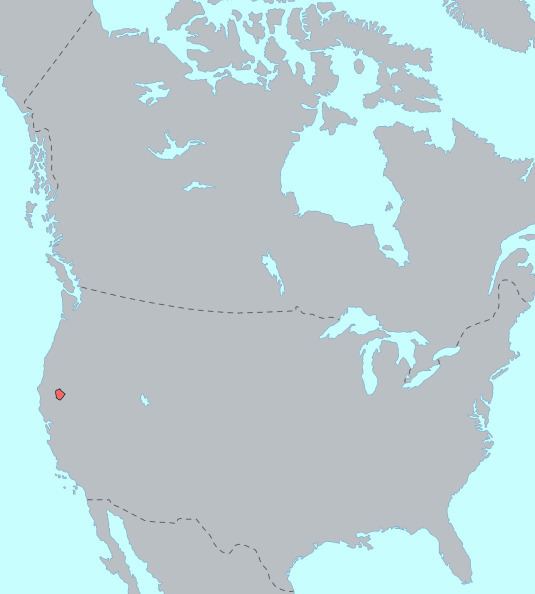Native to USA Ethnicity Yana Dialects Yahi | ||
 | ||
Extinct 1916, with death of Ishi | ||
Yana (also Yanan) is an extinct language formerly spoken by the Yana people, who lived in north-central California between the Feather and Pit rivers in what is now the Shasta and Tehama counties.
Contents
The language perished in 1916 with the death of Ishi, who spoke the Yahi dialect. Yana is fairly well-documented (mostly by Edward Sapir) compared to other extinct American languages.
The names Yana and Yahi are derived from the word for "people" in the respective dialects.
Regional variation
There are four known dialects:
Northern Yana, Central Yana, and Yahi were well recorded by Edward Sapir through work with Betty Brown, Sam Batwi, and Ishi respectively. Only a small collection of words and phrases of Southern Yahi were recorded by Sapir in his work with Sam Batwi, who spoke the dialect only in his childhood. Because Southern Yana is poorly attested, it is unclear how many subdialects there are beyond Yahi.
Northern and Central Yana are close, differing mainly in phonology (mostly by innovations in Northern Yana), and Southern Yana and Yahi are similarly close. The two pairs differ from each other in phonological, lexical, and grammatical elements, and can only be understood by the other side with difficulty.
Classification
Yana is often classified as a branch of the Hokan family. Sapir suggested a grouping of Yana within a Northern Hokan sub-family with Karuk, Chimariko, Shastan, Palaihnihan, and Pomoan. Contemporary linguists generally consider Yana to be a language isolate.
The use of bipartite verb stem formation in Yana is not a Hokan characteristic, but is used in other non-Hokan languages in the area, suggesting that Yana has stayed geographically stable.
Characteristics
Yana employs 22 consonants and 5 vowels. It is polysynthetic and agglutinative, with a subject-verb-object word order. Verbs contain much meaning through affixation. Like some other California languages, direction is very important - all verbs of motion must contain a different directional affix.
Yana is well known for its use of "male" and "female" speech, which are different forms used for males addressing males and all other situations, respectively.
The body of linguistic work on Yana is fortunate to include a number of texts and stories. Linguist Jean Perry writes that "Stylistically, the emphasis on direction and location, plus the frequent use of repetition, are traditional and integral to the style and structure of the text and are a necessary part of it … There are also many references to things and people that may seem vague. The level of presumed knowledge in a Yahi story is much higher than in English narration because these people lived in a small, face-to-face society, and stories were told over and over. A native audience would be familiar with the characters and plot, and therefore much of the emphasis is on detail and technique rather than plot." (277)
